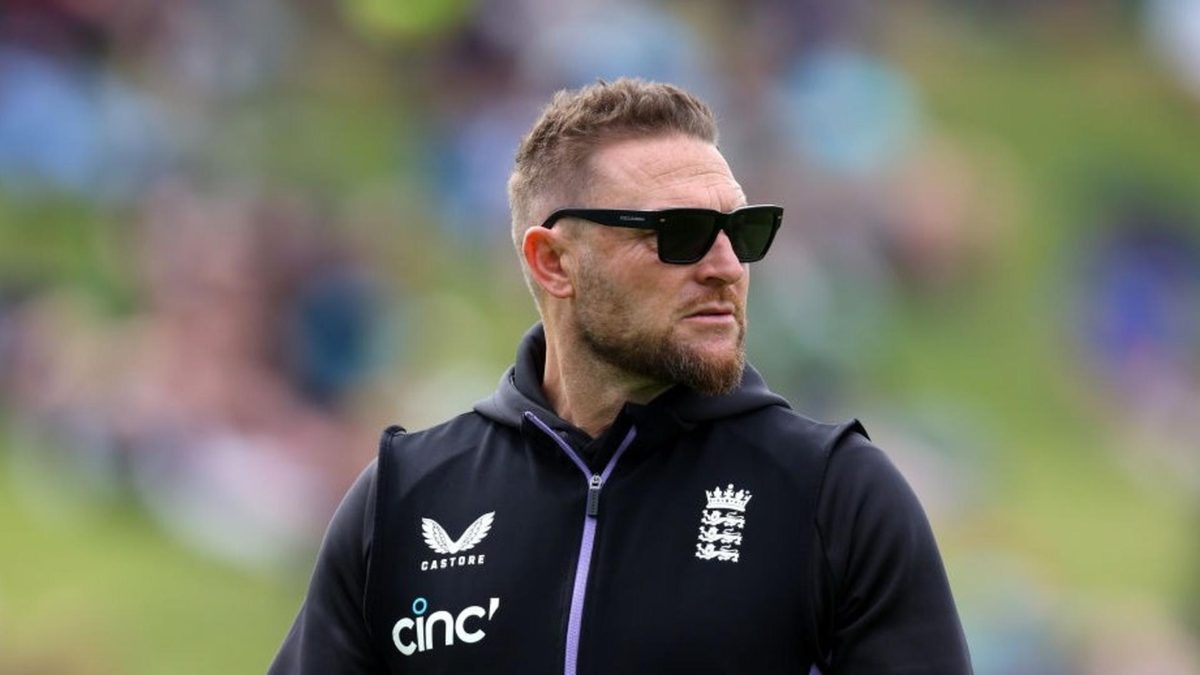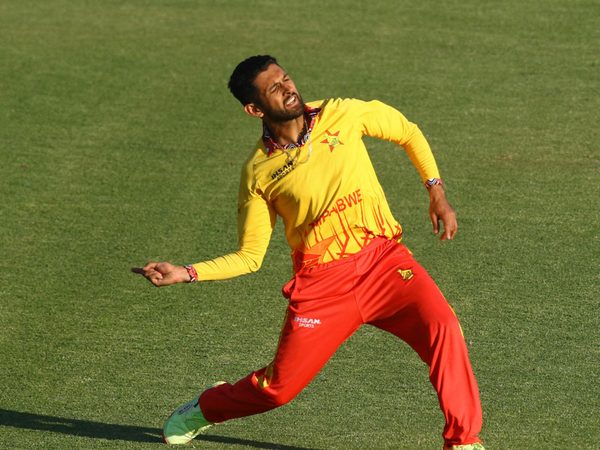
England have announced their first set of white-ball squads under the reign of Brendon McCullum. Yas Rana examines how it is a wider reflection of England's cross-format pecking order.
The start of a new year marks the start of a new era for the England men’s set-up.
For the second time in just over a decade, England are returning to the single head coach model across formats after a brief attempt at splitting the jobs.
Like in 2014 when Ashley Giles was removed from the limited overs gig, Matthew Mott was rarely afforded the chance to work with a full-strength squad. A global title win in 2022 was swiftly followed by a pair of deeply unconvincing World Cup defences in 2023 and 2024.
The former, in particular, was an unmitigated disaster. A squad mostly starved of meaningful 50-over action since their epic 2019 World Cup triumph capitulated so dramatically that they only just made the top eight to qualify for the 2025 Champions Trophy.
This year, their final placing as T20 World Cup semi-finalists masked another underwhelming campaign where they won just one of four fixtures against Full Member nations. If the 2023 World Cup was characterised by inadequate preparation, a point acknowledged by Rob Key in the post-campaign media debrief, the 2024 disappointment felt more like the consequence of a playing group that had become stale, and that lacked the injection of new energy; of the XI that was thrashed by India in Guyana, seven players were in their 30s, many of whom had generally underperformed in international limited overs cricket for some time.
Brendon McCullum takes hold of the keys with the white-ball set-up in a similar place to where the Test side he inherited was in 2022. Like its Test counterpart, the England limited overs set-up is underperforming, in need of revitalization but also clearly has an abundance of unrealised talent to work with on that journey.
The first set of squad announcements of the McCullum white-ball era are quietly fascinating. The most eye-catching aspect is not necessarily about individual inclusions but its overall composition, and just how aligned it already is with the Test squad.
Part of the reason McCullum accepted the cross-format job was that it is now logistically realistic for one person to do it. When McCullum was unveiled as the new limited overs head coach in September, Rob Key acknowledged that a lighter schedule from 2025 onwards was a major factor as to why the New Zealander accepted the additional workload.
“For the last two years, constant clashes between formats have made it challenging for the white-ball environment; fortunately, these are easing starting from January,” said Key. “The timing of the schedule [from January] will allow him to dedicate the necessary focus to both roles.”
The other obvious consequence of this is that Test players will more often be available for bilateral limited overs assignments, a luxury that McCullum’s predecessor was seldom afforded.
There is a distinctly cross-format vibe to the squads picked for January and February. Phil Salt is the only player picked yet to play Test cricket, and at least 10 of the 16 players selected are actively involved in England’s current Test plans.
Most notably, Joe Root is back in the fold more than a year after his last ODI appearance. Root was one of several high-profile underperformers at the 2023 World Cup but it was a tournament he effectively entered cold, having played just 15 ODIs between the 2019 World Cup final and the start of 2023. His 2015-2019 peak is unrivalled in England’s ODI history; across 89 matches, Root averaged 58 at a strike of 90. No English batter has ever scored ODI runs so heavily at such a rate. Having just turned 34 and still at the height of his powers in the Test game, he remains England’s best bet at three in the run up to the 2027 World Cup if his hunger for the format lingers.
The identity of the other cross-format batters, Brook as a banker aside, is also interesting, with Jamie Smith (seven ODIs, no fifties), Jacob Bethell (eight ODIs, one fifty) and Ben Duckett (16 ODIs, two hundreds) preferred ahead of the discarded Will Jacks but also other Test stalwarts in Ollie Pope and Zak Crawley.
There’s a ruthless air about Jacks’ omission, similar to how the Test team brutally dropped James Anderson, Ollie Robinson, Jonny Bairstow and Jack Leach after the tour of India at the start of 2024. Having only just turned 26 and with an IPL hundred to his name already, Jacks has paid the price to an inconsistent start to his England career. Under the previous regime he was one of only a few young players given a meaningful run of games; with McCullum in, he is out at the first available opportunity.
In the cases of Crawley and Pope, on the surface their omissions are not particularly eye-catching given their lack of ODI experience – in Pope’s case, he is yet to play a limited overs international – but it perhaps serves as an indication of their standing in the wider eco-system ahead of a home summer where England need to leave out one batter who they like from their Test top seven.








